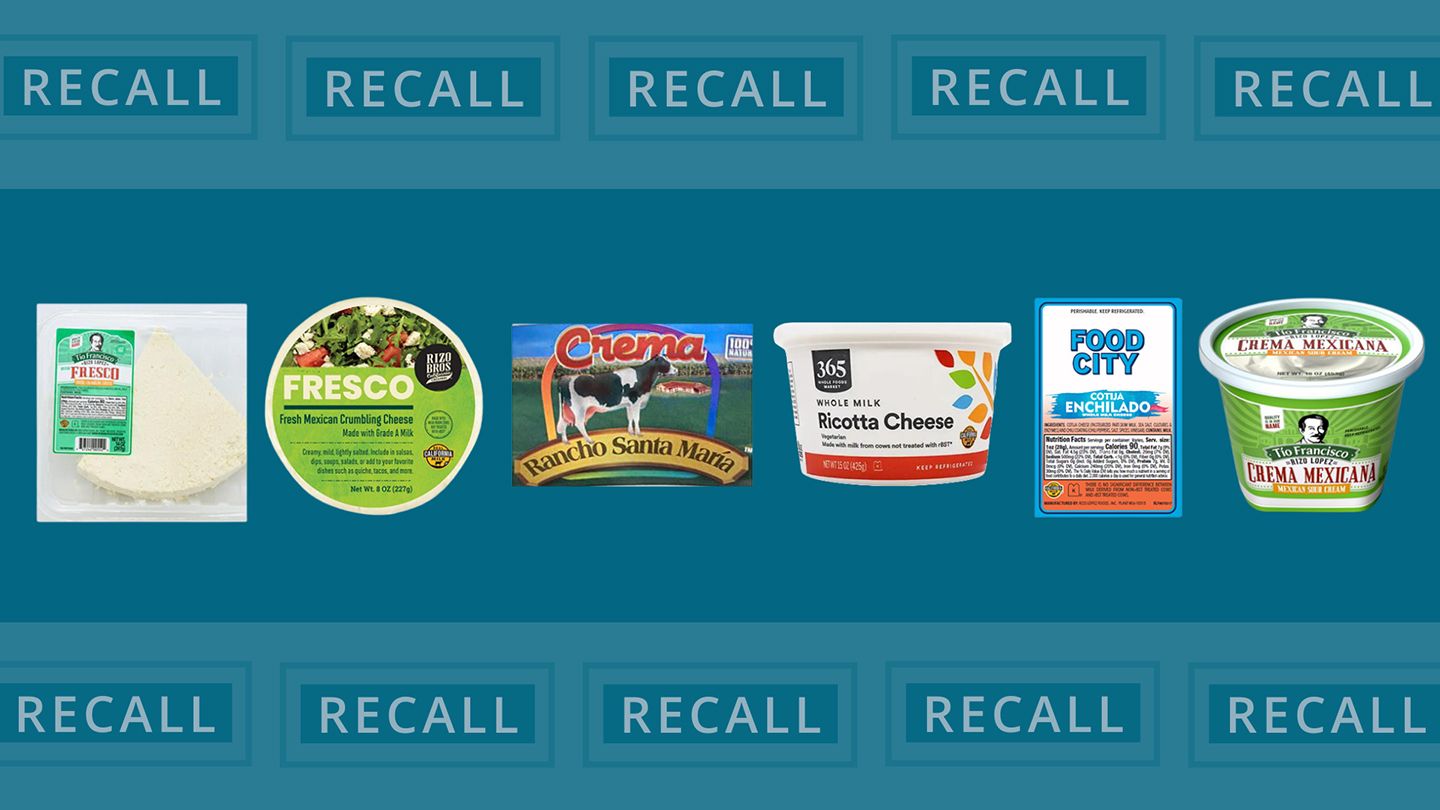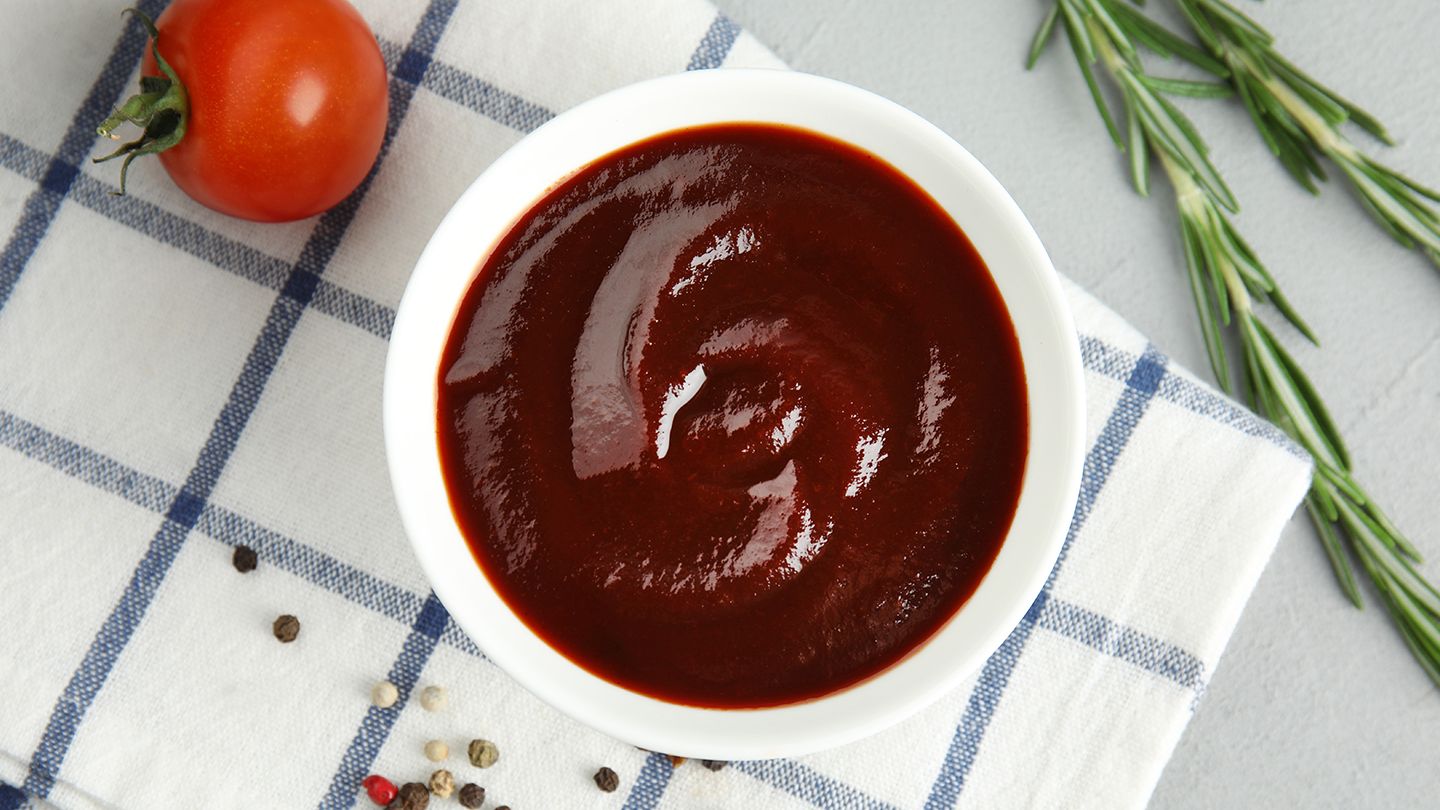Introduction
When starting a ketogenic diet, one of the first things people wonder is what vegetables can I eat on keto? Leafy greens and above ground veggies tend to be very low in carbs and can be enjoyed freely. But for foods like onions, tomatoes, carrots and others, the carb counts add up fast. Choosing the right veggies helps maximize nutrients while keeping carbs down so you can enter ketosis and lose weight.
Why Vegetables are Important on Keto
Its easy to rely on meat, cheese, eggs and oil when following a very low carb diet. But vegetables provide valuable vitamins, minerals, antioxidants and fiber. Eating enough low carb veggies helps prevent keto flu, constipation and nutrient deficiencies. Some of the key benefits include:
Fiber
Soluble and insoluble fiber from plants prevents constipation by adding bulk and regulating the digestive system. This ensures regular, comfortable bowel movements.
Potassium
Leafy greens provide potassium which supports nerve signaling, heart health and muscle function. The keto diet can otherwise lack adequate potassium since fruits and starchy veggies are limited.
Magnesium
Veggies supply magnesium to enhance bone strength and prevent muscle cramps. Magnesium also aids sleep quality.
Vitamin C
With limited fruit allowed, vitamin C from vegetables helps maintain immune function and iron absorption while on keto.
Nutrient Density
Non-starchy vegetables provide a powerhouse of nutrients including vitamins A, E, K, B6, iron, manganese, riboflavin, folate and antioxidants with minimal impact on blood sugar and ketosis.
12 Best Low Carb Vegetables for Keto
When building keto meals, focus on the low carb vegetables listed below. Measure portions to keep carbs in check.
1. Spinach
This leafy green is very low in net carbs at only 1g per cooked cup. It provides vitamin K for strong bones along with vitamin A, folate and antioxidants. Use spinach in salads, scrambled eggs, casseroles and sauteed as a side.
2. Broccoli
With 2g net carbs per cooked cup, broccoli is a nutritious keto veggie. Its loaded with vitamin C, vitamin K, chromium, B vitamins and cancer-fighting compounds. Roast broccoli florets or add raw to salads.
3. Asparagus
At only 2g net carbs for 6 spears, asparagus can be eaten generously on keto. Its high in prebiotic fiber to nourish gut bacteria. Roast or grill and add lemon juice or hollandaise sauce.
4. Cucumber
Crunchy cucumbers contain just 3g net carbs per cup sliced. Theyre 95% water to enhance hydration. Top salads, tacos and fish with sliced cukes or add to smoothies.
5. Cabbage
This versatile cruciferous veggie provides 3g net carbs per cup raw. Cabbage delivers fiber, vitamin K and anti-inflammatory benefits. Shred for coleslaw or stir-fry with Asian flavors.
6. Zucchini
Zucchini noodles zoodles are the perfect substitute for pasta on keto at only 3g net carbs per cup. The water content keeps you full and hydrated. Use zucchini spirals in place of spaghetti.
7. Green Beans
At just 4g net carbs per cooked cup, green beans make a great side dish for keto meals. They contain carotenoids for eye and skin health. Roast, saut or add to salads.
8. Bell Peppers
These colorful veggies provide a sweet crunch at only 5g net carbs per large pepper. Red, orange and yellow bell peppers are loaded with antioxidants like vitamin C and beta carotene.
9. Cauliflower
Cauliflower is the ultimate low carb swap for rice, pizza crust, mash and more, with just 5g net carbs per cup. Its rich in cancer-fighting compounds and satisfies the need for comfort food.
10. Brussels Sprouts
Small but mighty, Brussels sprouts offer 6g net carbs per cup. Theyre loaded with fiber, folate, vitamin K, and antioxidants. Roast them crispy or shred into slaws and salads.
11. Kale
This health store staple provides 7g net carbs per cooked cup along with incredible nutrition. Kale is a great source of vitamins A, C and K, magnesium and antioxidants. Use in salads, sauts and smoothies.
12. Mushrooms
With 2-4g net carbs per cup, mushrooms provide meaty texture and umami flavor to keto meals for few carbs. Theyre rich in B vitamins, selenium and antioxidants.
Worst Keto Veggies to Avoid
On the flip side, there are high carb vegetables that will quickly sabotage ketosis. Avoid these starchy options:
Corn
This summer grilling staple is very high in carbs, with 27g per corn on the cob. Opt for low carb cauliflower instead of corn.
Potatoes
At over 15g net carbs per small baked potato, traditional potatoes are out. But turn to mashed cauliflower or zucchini fries to replace starchy spuds.
Sweet Potatoes and Yams
With around 18-22g net carbs per average sweet potato, these orange tubers are too high in sugar for keto. Try roasted radishes or jicama fries instead for crunch.
Peas
Its easy to overdo it on peas, with 10g net carbs per cup. Limit these sweet green legumes or choose lower carb alternatives like green beans.
Carrots
Keto-friendly veggies shouldnt push the carb limits. With 8g net carbs per medium carrot, carrots add up fast.
Pumpkin
Save pumpkin for an occasional keto treat like pancakes or muffins. With 10g net carbs per cup, keep portions small.
Squash
Winter squash varieties like butternut average around 13g carbs per cup. Stick to small servings of squash like delicata as a side dish.
Beets
Beets have around 10g net carbs per cooked cup. Roast them sparingly along with low carb veggies to add sweetness.
Parsnips
Like carrots, parsnips are too high in carbs for regular use at 15g per cup. Try creamy mashed cauliflower instead.
Tips for Incorporating More Veggies
Focusing on low carb options makes it easy to increase vegetables while sticking to keto. Some simple tips include:
1. Try New Veggies
Experiment with less familiar veggies like jicama, radishes, and arugula for variety.
2. Swap Starchy Sides
Replace mashed potatoes, rice, and corn with cauliflower rice, mash, or zoodles.
3. Add Veggies to Egg Dishes
Fold spinach, bell peppers, and mushrooms into omelets and scrambles.
4. Make Lettuce Wraps
Use lettuce leaves instead of tortillas for low carb sandwiches and tacos.
5. Try Vegetable Fritters
Whip up zucchini, broccoli, or cabbage into quick fritters for a crispy side.
6. Drink Green Smoothies
Blend leafy greens with approved fruits like berries and avocado.
7. Make a Low Carb Crudite Platter
Arrange raw veggie slices with various dips for snacking.
8. Add Veggies to Soups and Stews
Cook down mushrooms, onions, spinach, cauliflower, and herbs into soups or stews.
9. Grill Veggie Skewers
Assemble colorful veggie kebabs with zucchini, tomato, bell pepper for the grill.
10. Roast a Sheet Pan Medley
Toss broccoli, Brussels, asparagus, and cabbage with oil, herbs and roast.
The Takeaway
Low carb vegetables provide important nutrients while keeping you in ketosis. Focus on leafy greens, broccoli, zucchini, asparagus and other veggie options under 5g net carbs per serving. Avoid high carb starchy vegetables like potatoes. With a little creativity, you can pack plenty of veggies into keto meals for balanced nutrition.
FAQs
Are tomatoes keto-friendly?
Tomatoes are moderately high in carbs at around 5g net carbs per medium tomato, so enjoy in moderation on keto rather than freely.
Are onions allowed on the keto diet?
Onions are borderline keto veggies, with around 7g net carbs per cup. Use sparingly for flavor in recipes, but don't overdo onion intake.
What are the best high-fiber low carb veggies?
Spinach, broccoli, Brussels sprouts, asparagus, artichokes, and avocado provide lots of fiber for keto with minimal net carbs.
Can you eat sweet potatoes on keto?
No, sweet potatoes are too high in carbs for keto at 18-22g net carbs each. Stick to low starch veggies instead.
What are good keto vegetable side dishes?
Great low carb vegetable sides for keto include sauteed spinach, roasted broccoli, cauliflower mash, zucchini noodles, and cucumber salad.
Disclaimer: This article is for informational purposes only and does not constitute medical advice. Always consult with a healthcare professional before starting any new treatment regimen.
Related Coverage
Obesity can make wiping after a bowel movement difficult. Adjusting technique, using tools, and requesting assistance when needed allows proper hygiene....
A 1 cup serving of cottage cheese delivers only 163 calories yet packs 28 grams protein, calcium, phosphorus, selenium, B vitamins and more alongside potential health benefits....
Can True Lemon flavorings fit into a ketogenic diet? This article analyzes ingredients, carb content, uses, and more to evaluate if True Lemon is truly keto....
Learn if using supplemental BHB ketones can help you achieve ketosis faster, alleviate keto flu symptoms, enhance performance, and more on the ketogenic diet....
Stay energized and satisfy hunger on the keto diet with smart drink choices like nutritious fat or electrolyte sources. Learn how to avoid excess carbs or sweeteners....
Rosacea and lupus share facial redness but have key distinctions in rashes, triggers, demographics, causes, and treatments. Proper diagnosis is important....
Learn proper aftercare following cupping treatment including hydrating skin, avoiding sun, gentle massage, nutrition and supplements to minimize side effects....
Learn all about ricotta cheese including its origins, production methods, appearance, texture, flavors, types, selection, storage, preservation, uses in cooking, interesting facts and more....
Mangoes are very high in carbs and sugar, so they are typically not keto-friendly. However, some people may work in a small amount occasionally. Learn more about mangoes and the keto diet....
Enjoy the flavors of barbecue without the carbs! Here are recipes for making your own easy, keto-friendly low carb BBQ sauces to use on meats, veggies, in dressings, and more....









